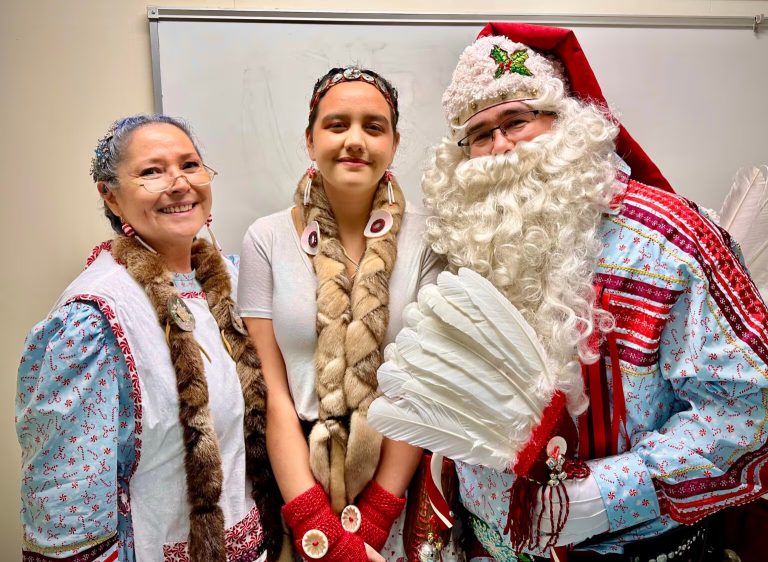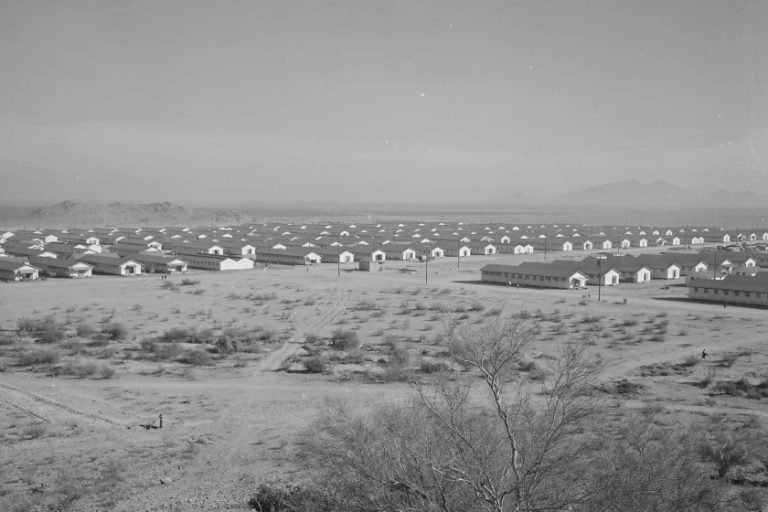Podcast: Play in new window | Download | Embed
In what it says is the largest federal investment in small businesses across Indian Country, the U.S. Department of the Treasury announced the approval of over $500 million in State Small Business Credit Initiative (SSBCI) Capital Program applications.
The milestone was reached with the approval of nearly $87 million for the Cherokee Nation.
Its Principal Chief Chuck Hoskin Jr. says small businesses are the lifeblood of the local economy across the reservation.
“For many people across the country who are involved in small business, access to capital may not be as difficult as it is Indian Country. So this will provide the working capital that brilliant entrepreneurs who are either starting businesses or expanding businesses need. Things that many people take for granted like franchise fees, buying equipment, inventory, production services.”
The historic amount was also reached with eight other SSBCI applications worth an additional $15 million.
Treasury officials have also announced two competitive technical assistance awards through the SSBCI Investing in America Small Business Opportunity Program (SBOP) for the Cherokee and Chickasaw Nations.

Northern Arapaho member Jordan Dresser shares opening marks to the crowd at the “Coming Home” celebration in Ethete on Indigenous Peoples’ Day. (Photo: Hannah Habermann / Wyoming Public Media)
The Episcopal Church in Wyoming returned more than 200 cultural and sacred items to the Northern Arapaho Tribe earlier this week.
They’d been in the church’s possession for almost 80 years.
Wyoming Public Radio’s Hannah Habermann has this report.
A couple hundred people gathered in a grassy field at St. Michael’s Circle in Ethete for a “coming home celebration.”
“This is very historical for us, to get our artifacts back.”
That’s Northern Arapaho elder Marian Scott addressing the crowd.
Over a plate of stew and bread after the ceremony, Northern Arapaho member Jordan Dresser called it a full circle moment.
“(I) feel lucky to have been a part of this journey, but also to see it complete. It’s something I never thought would happen.”
And moving forward?
“I’m just excited for what’s the next possibility, which is creating a museum where we tell who we are as Arapaho people.”
For Alaska Natives, the right to hunt and fish has been a long running battle that goes back well before statehood.
There’s a push at the Alaska Federation of Natives (AFN) Convention this year to restore subsistence rights that the Alaska National Interest Lands Conservation Act (ANILCA) was supposed to guarantee.
Congress passed ANILCA in 1980.
Alaska Natives originally fought for a Native preference, but settled for a rural priority for hunting and fishing.
But courts have determined that the state’s constitution doesn’t allow a rural priority.
So today, the state has two systems of fish and game management.
Gayla Hofseth, chairman of AFN’s Subsistence Committee, says it’s time for a complete overhaul of subsistence management.
“We’re trying to go back to getting our aboriginal hunting and fishing rights back. When you look at it, what has the state and federal government done to protect our subsistence way of life. That’s a loaded question.”
The AFN Subsistence Committee has drafted a resolution that calls for Alaska Natives to oversee subsistence on Native Corporation lands.
It also looks at reopening – not only ANILCA – but the Alaska Native Claims Settlement Act.
The AFN Convention is the state’s largest gathering, drawing thousands of people to Anchorage.
 And 30 years ago this week, the United States Postal Service issued its “Legends of the West” stamps, featuring several prominent historical figures.
And 30 years ago this week, the United States Postal Service issued its “Legends of the West” stamps, featuring several prominent historical figures.
This included Apache military leader and medicine man Geronimo; Sacajawea, who was the Shoshone guide and interpreter for the Lewis and Clark expedition; and Chief Joseph of the Nez Perce.
Get National Native News delivered to your inbox daily and stay up-to-date on the 2024 Native Vote. Sign up for our daily newsletter today.



